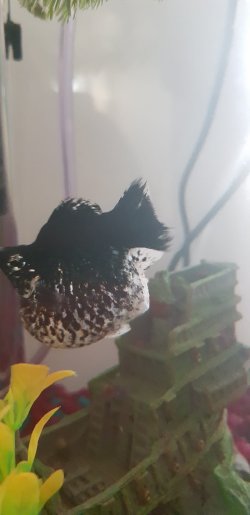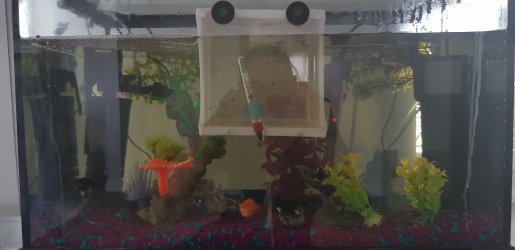Hi and welcome to the forum

Is the fish a balloon molly?
Balloon mollies are not as long as their normal counterparts and their internal organs are squished up, this makes them fatter. If the fish has eaten a lot of food it will look fatter and if it has lots of intestinal worms it can look fatter.
If the fish has stopped eating and got really fat overnight, then it is probably an internal bacterial infection, which are very hard to treat.
If the fish is still eating normally then it is probably not an internal bacterial or protozoan infection.
------------------------
Can you elaborate on flashing?
If the fish is rubbing on objects in the tank it might have a protozoan infection. These can occur in any tank but are normally introduced with new fish, plants or contaminated water. Poor water quality (ammonia, nitrite or high nitrate levels) can also cause fish to rub on objects, but normally it's a protozoan infection like whitespot/ Ich, Costia, Chilodonella or Trichodina.
Have you added anything new to the tank in the last 2 weeks?
------------------------
How long has the tank been set up for?
What other fish are in the tank?
Do you know what the ammonia, nitrite, nitrate, pH and GH (general hardness) levels are in the tank water?
Most petshops can test water for you or you can buy test kits and monitor these levels for yourself.
The pH and GH can usually be found on your water supply company's website or by telephoning them. If they can't provide you with the information, take a glass full of tank water to the pet shop and get them to test it. Write the results down (in numbers) when they do the test. If they say the water is fine, ask them what the results are in numbers. Also ask them what the tests are measured in (eg: ppm, dGH).
If the water is too soft (low in minerals) the mollies don't do that well. So it helps to know what the GH is.



